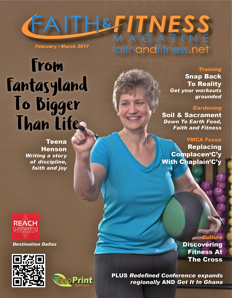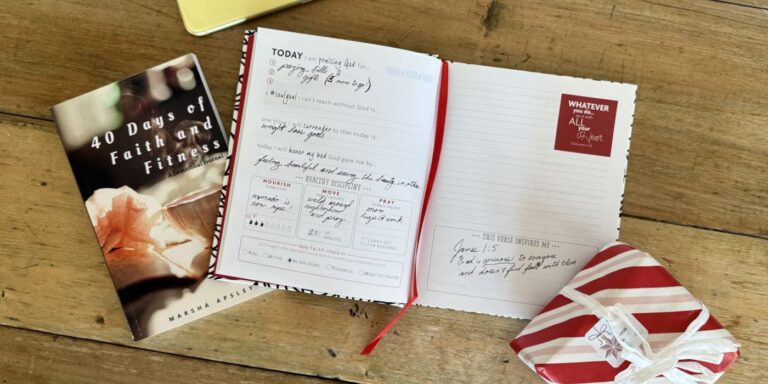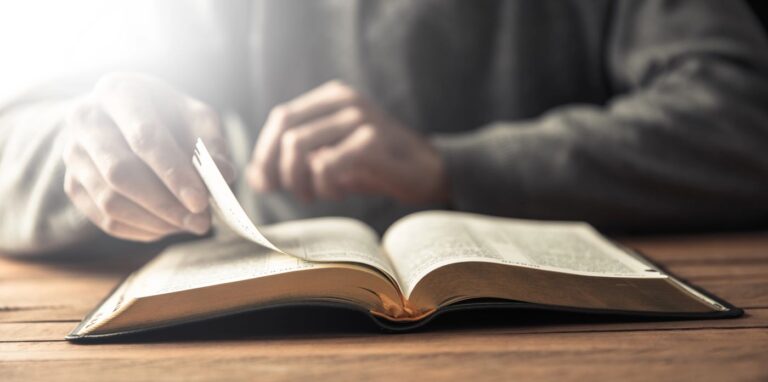By Fred Bahnson, Introduction by Kimberly Bloom
Copyright 2013 by Fred Bahnson. Published by Simon & Schuster. Used by permission.
AN INTRODUCTION TO DIRT AND DIRTY HANDS
I am a person who enjoys the smell of soil, working the ground during the short days of winter and on into spring. It is the season when garden activities are limited. So it was a great time to take a deeper look at dirt and read the book Soil and Sacrament by Fred Bahnson. Soil and Sacrament goes beyond ground level and tells stories of beautiful human experiences that help one to grow.
Gardening and the process of growing has always managed to touch my soul. It is an activity that helps me personally grow spiritually and physically and reach places that only the Master (God) could find. By nature, gardening has Biblical importance; it is one way that we care for others. Gardening is an outreach that moves us beyond the pew – beyond theoretical faith into real tangible practice — literally by hand.
Soil and Sacrament simply and beautifully confirms my love for gardening, getting dirty, and teaching others about growing from the ground up. Gardening is an area of my life that God developed – and not by chance. Through tilling, sowing, weeding, watering, and harvesting, the tasks and lessons of gardening are activities and perspectives that God uses for me to develop relationships. God provides the means for us to cultivate relationships, but it is our responsibility to be obedient by placing our hands on the tools and then using them.
Soil and Sacrament is a beautiful story of faith, hope, and charity. It is a book of one man’s understanding of the depth, and breadth of God’s good gifts, which includes the soil upon which our feet tread. Besides inviting us into gardens that we might not wander into, the author provides meaningful opportunities to contemplate how the Master can use the gardeners to bring the sacraments (Outward and visible signs of inward and spiritual divine grace) to humanity.
Though gardening has activities and lessons for every season, the spring season is an especially good time to think about reaching into the soil, planting a seed and growing something. When you do you will find that this world, crafted by God, is more than surface beauty. It gives us a natural space to produce wholesome food, get exercise, interact with others, discover the value of vigorous stewardship and connect closely with God.
-Kimberly Bloom, Gardening Department contributor
Growing a potted plant on your patio or deck? Planting a family or community garden? Learn how you can make it a GARDEN MINISTRY in your community. We can help you. CONTACT US.
SOIL AND SACRAMENT – A SPIRITUAL MEMOIR OF FOOD AND FAITH
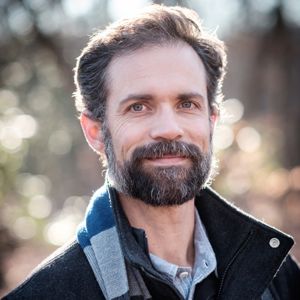 Though I had attended church services all my life – evangelical, Methodist, Lutheran, Mennonite – none quite prepared me for the stark beauty of Advent Mass with the brothers of Mepkin. The songs were unadorned, like the empty branches of the poplar tree standing beside the alter, yet amidst the season’s barrenness hung a palpable expectation in everything we read and sang.
Though I had attended church services all my life – evangelical, Methodist, Lutheran, Mennonite – none quite prepared me for the stark beauty of Advent Mass with the brothers of Mepkin. The songs were unadorned, like the empty branches of the poplar tree standing beside the alter, yet amidst the season’s barrenness hung a palpable expectation in everything we read and sang.
I have come to think Advent is the church’s loveliest liturgical season. From the Latin word for “coming,” Advent is the season of waiting. IN my younger years I had naively viewed that wait as a tedious march of days leading up to Jesus’s birth. Why drag it out? I wondered. But if this time is simply about waiting for Jesus’s birthday, then we miss the point, writes Benedictine sister Joan Chittister in The Liturgical Year. That’s the soft, sentimental “baby Jesus” version of Advent, “a simple, soothing story that makes few, if any, demands on the soul.” A more robust understanding of Advent is as a time when we learn, says Chittister, “To wait for what is beyond the obvious. Advent makes us look for God in all those places we have, until now, ignored.”
Saint Bernard described Advent as a threefold coming of the Lord: Jesus came to Bethlehem, he will come at the end of the ages, and he comes now, in our hearts. “Advent,” Father Kevin told me, “is about hope for what is yet to be. A farmer cannot tell you exactly how his crops are going to produce. But he trusts. Like the seed in the ground, there’s a whole process of life that goes on in a hidden way, that’s not visible to us. The monastic life is about waiting in expectation that God’s hidden life in us will reveal itself. But it is an active waiting, not passive waiting.”
This active waiting is enacted by living out Saint Benedict’s Rule. Getting your tired body out of bed at 3 a.m. for Vigils. Working the mushrooms. Spiritual reading. All these things wear down the hardened heart and prepare it to receive God. Benedict likened the monastery to a workshop; it was the anvil on which the soul’s blade was forged. “As our lives and faith progress, “ he wrote, “the heart expands.” Perhaps that’s what I needed most. I thought. To make my heart a big enough place in which God could be born.
GET THE BOOK
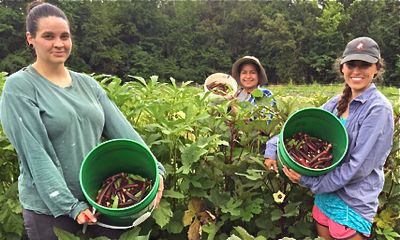 Soil And Sacrament is a powerful personal story of how growing and sharing food pulls us closer to God. Like many seekers of the authentic life, Fred Bahnson sought answers to big questions like What does it mean to follow God? And How should I live my life? Fred started a faith-based community garden in rural North Carolina to help its members grow real food and to feed his own spiritual hunger.
Soil And Sacrament is a powerful personal story of how growing and sharing food pulls us closer to God. Like many seekers of the authentic life, Fred Bahnson sought answers to big questions like What does it mean to follow God? And How should I live my life? Fred started a faith-based community garden in rural North Carolina to help its members grow real food and to feed his own spiritual hunger.
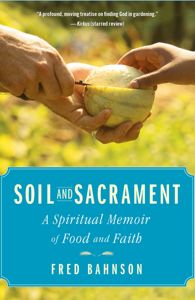 This book tells the story of how he and people of faith all over America are re-rooting themselves in the land, reconnecting with their food and each other , and praying with their very lives.
This book tells the story of how he and people of faith all over America are re-rooting themselves in the land, reconnecting with their food and each other , and praying with their very lives.
Soil And Sacrament is a book about communion in its deepest sense – an inspiring and joyful meditation on what grows above the earth, beneath it, and inside each one of us.
Chapters include: The Underground life of Prayer, Dweller in the Dust, At Play in the Fields of the Lord, Out of Africa, Into Babylon, A New Heave, A New Earth, Significant Soil, and Surpassing Civilization.
This article appears in the Gardening Department of the February/March 2017 issue of Faith & Fitness Magazine.


